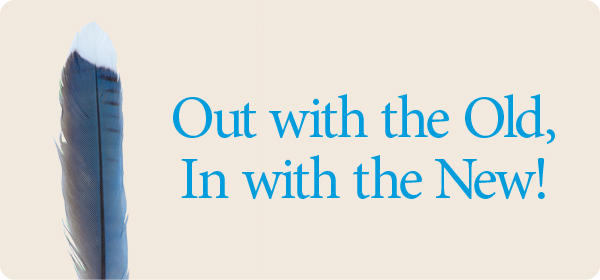Help Birds During Molting Season

Being Seasonally Savvy: Help Birds During Molting Season
Just as people make seasonal wardrobe changes, many birds are beginning a transformation of their own by replacing their old and worn feathers in a process known as molting.
Molting is when a bird replaces some (partial molt) or all (full molt) of its feathers.
This complicated process requires a lot of energy and may take up to eight weeks to complete. Molting is so physically demanding for most ducks and geese that they can't fly and will molt in seclusion to avoid predators.
Molting season varies by species and time of year. Right now many birds are beginning their main molt of the year, however American Goldfinches are one of the last to molt. Due to their late nesting period, they won't start their molt until late August.
Distinguishing birds that are molting from those that are not can be difficult. Though some birds may lose patches of feathers and appear "balding," most birds' feather loss and replacement are far less noticeable.
Feathers are made of more than 90% protein, primarily keratins, so every molting bird needs extra proteins to grow strong feathers for proper flight and effective insulation.
Research shows that a consistent and reliable source of food actually helps birds grow higher quality feathers. Keep your feeders filled and also offer high-protein foods such as Nyjer® (thistle), peanuts, Jim’s Birdacious® Bark Butter® and mealworms, to ensure that your birds have the reliable source of protein and fats to help them with molting.
Visit us soon for all of the high-protein foods that will meet your birds’ needs. We have everything you need to help your birds keep going (and re-growing feathers) during this critical time.

